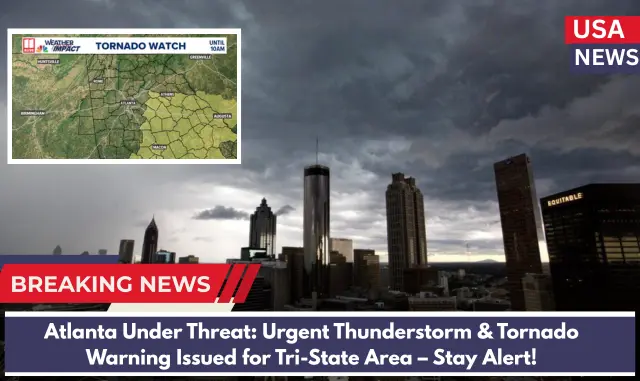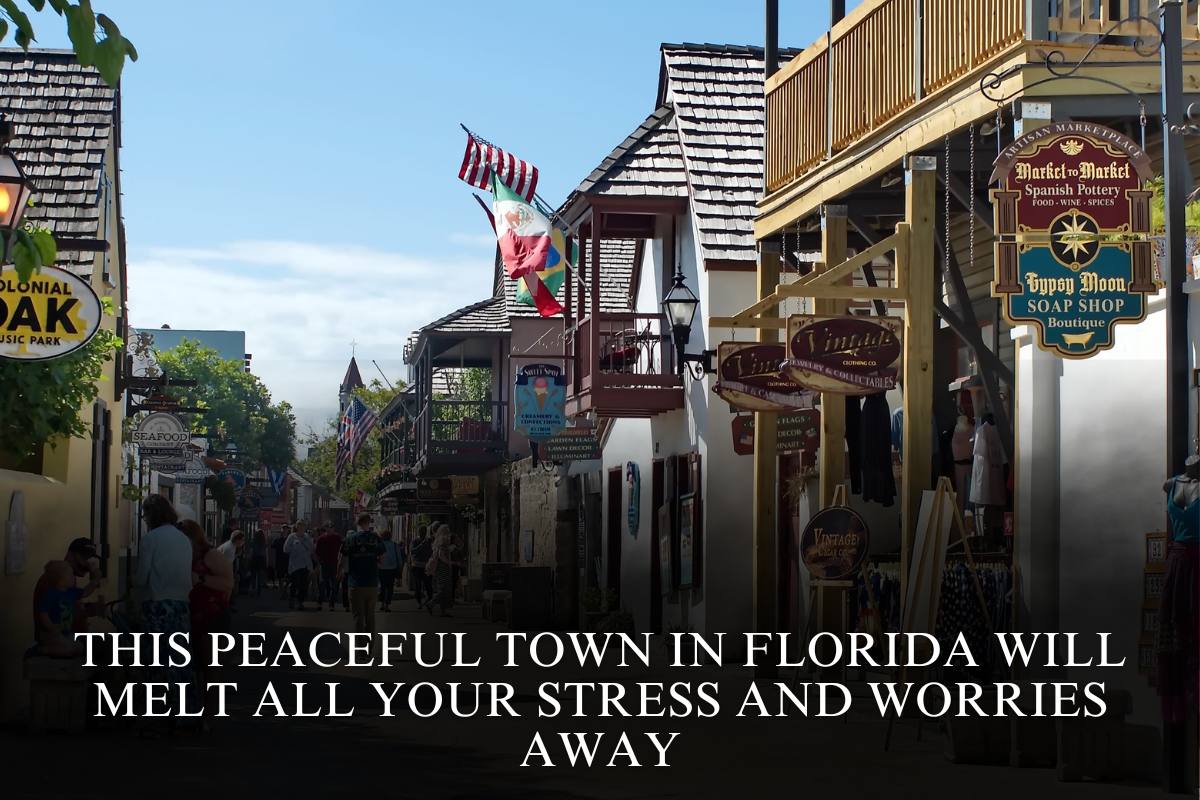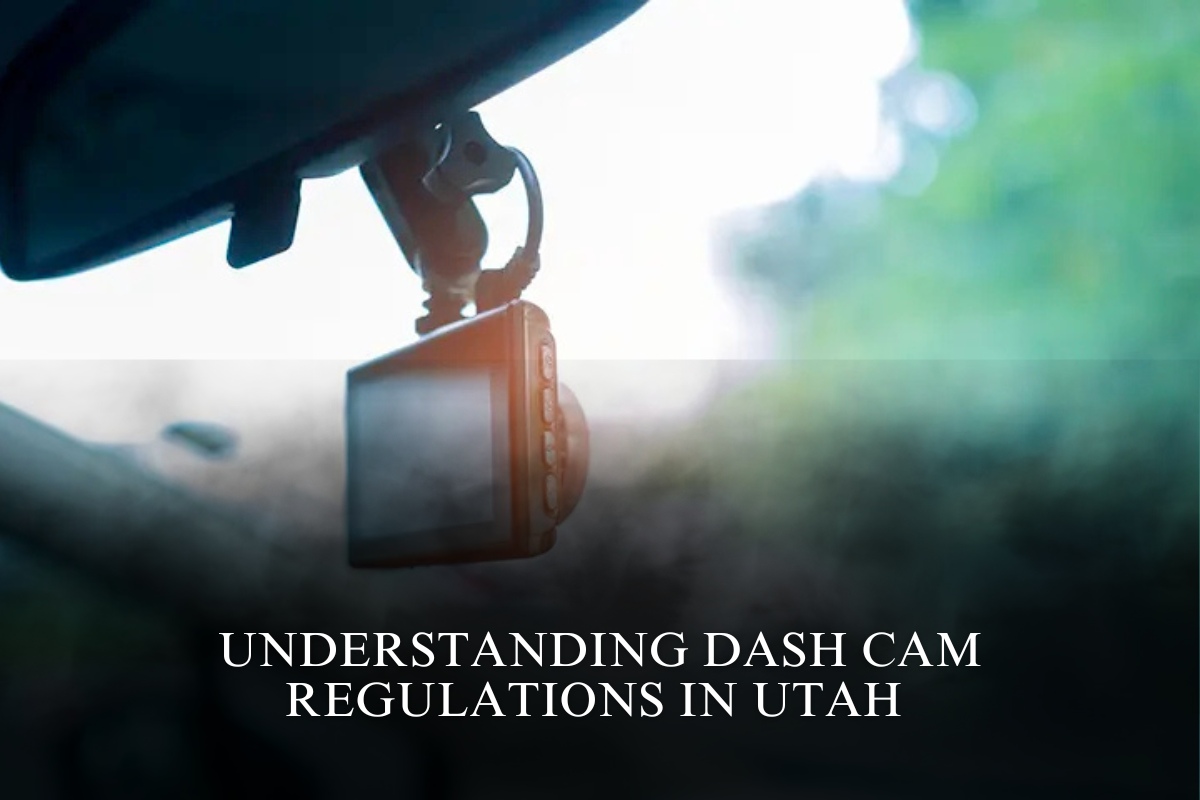Thunderstorm Warning for Western New York; Tornado Alert Issued for Tri-State Region — Atlanta Residents Urged to Stay Weather-Aware
Severe weather is making its presence felt as a thunderstorm warning has been issued for parts of Western New York, and a tornado alert is now in effect across the Tri-State Area, which includes portions of New Jersey and Western New York.
Although Atlanta isn’t directly affected by this current system, weather officials there are encouraging residents to stay weather-conscious, especially as storm systems across the East Coast can often shift or intensify with little notice.
Counties Under Thunderstorm Warning
The current thunderstorm warning specifically includes Genesee, Livingston, Monroe, and Wyoming counties in New York. Meanwhile, the broader tornado alert applies to areas throughout the tri-state region. While the chance of an actual tornado forming remains very low, it’s important to remain vigilant.
According to the National Weather Service, “The storm that prompted the warning has weakened below severe thresholds and no longer presents an immediate threat to life or property. As such, the warning will soon expire.”
Lightning Safety Tips – What You Need to Know
Each year, lightning strikes the U.S. roughly 25 million times, mostly during the summer. Sadly, lightning is responsible for about 20 fatalities annually, per the National Weather Service.
Whether you’re in New York, Atlanta, or anywhere in between, knowing how to stay safe during a lightning storm is crucial. Here’s what you should do:
Before and During a Thunderstorm:
- Have an emergency shelter plan ready at all times.
- Keep an eye on the sky — dark clouds and distant thunder are your early warnings.
- If you hear thunder, go indoors immediately — it means lightning is close.
Once Indoors:
- Avoid using corded phones, wired electronics, and plumbing (like sinks and showers).
- Stay clear of windows and doors, as lightning can travel through wiring and pipes.
After the Storm:
- Wait at least 30 minutes after the last clap of thunder before stepping outside.
- Remember: Lightning can strike even after the storm seems to have passed.
Caught Outside with No Shelter? Here’s What to Do
If you find yourself outside when a storm rolls in and can’t get to safety, use these survival tips:
- Avoid open areas, ridges, and hilltops — lightning tends to strike the highest point.
- Steer clear of isolated tall trees. If you’re in a wooded area, stick to shorter trees.
- Spread out if you’re in a group — don’t cluster together.
- Don’t camp in open fields; opt for valleys or low-lying areas instead. (Tents offer no protection from lightning.)
- Keep away from metal gear, water, and wet items — while they don’t attract lightning, they conduct electricity.
Drive Smart: How to Stay Safe on Rain-Soaked Roads
Heavy rain is often part of these storms, creating dangerous driving conditions. Whether you’re navigating the streets of Atlanta or elsewhere, here’s how to stay safe:
- Avoid ditches and culverts, which can quickly flood.
- Double your following distance — increase from 2 to at least 4 seconds in wet weather.
- Brake and turn slowly to avoid skidding.
- Drive in middle lanes, as outer lanes tend to flood more easily.
- Turn on headlights to improve visibility and stay alert to vehicles in blind spots.
- Be extra careful during the first 30 minutes of rainfall — that’s when roads are most slippery.
- Keep distance from large trucks and buses — their spray can reduce your visibility.
- If visibility drops too low, safely pull over, ideally to a rest area. Keep headlights and hazard lights on.
- If stopping roadside, pull as far from traffic as possible, ideally past any guardrails, and wait out the storm.
Final Word
Storms can strike fast, and their effects are felt far beyond the warning zones. Whether you’re in Western New York, the Tri-State Area, or Atlanta, staying informed and prepared is the best defense. Follow official weather updates and heed local authorities’ instructions to stay safe during severe weather.












